Kohlrabi Pot Gardening: Your Guide to a Bountiful Harvest
Kohlrabi pot gardening – it sounds a bit unusual, doesn’t it? But trust me, growing this fascinating vegetable in containers is easier than you think, and the rewards are incredibly satisfying! I’ve always loved the unique taste and texture of kohlrabi, but I didn’t have a large garden. That’s when I discovered the joy of kohlrabi pot gardening, and I’m excited to share my tips and tricks with you.
While kohlrabi might not have the same long and storied history as some other vegetables, its cultivation dates back centuries, originating in the Mediterranean region. It’s a member of the brassica family, related to cabbage and broccoli, and its popularity is steadily growing thanks to its versatility and nutritional value. For centuries, people have found creative ways to grow their food, adapting to limited spaces. This is where the magic of kohlrabi pot gardening comes in.
In today’s busy world, many of us lack the space for a traditional garden. Apartment dwellers, those with small yards, or even those simply wanting to add a touch of homegrown goodness to their lives, often find themselves limited in their gardening options. This is precisely why learning about kohlrabi pot gardening is so important. It opens up the world of fresh, homegrown produce to everyone, regardless of their available land. You’ll learn how to select the right pot size, the best soil mix, and the optimal planting and care techniques to ensure a thriving kohlrabi harvest right on your patio, balcony, or even windowsill!
So, are you ready to embark on this exciting gardening adventure? Let’s get started and discover the secrets to a successful kohlrabi pot gardening experience!
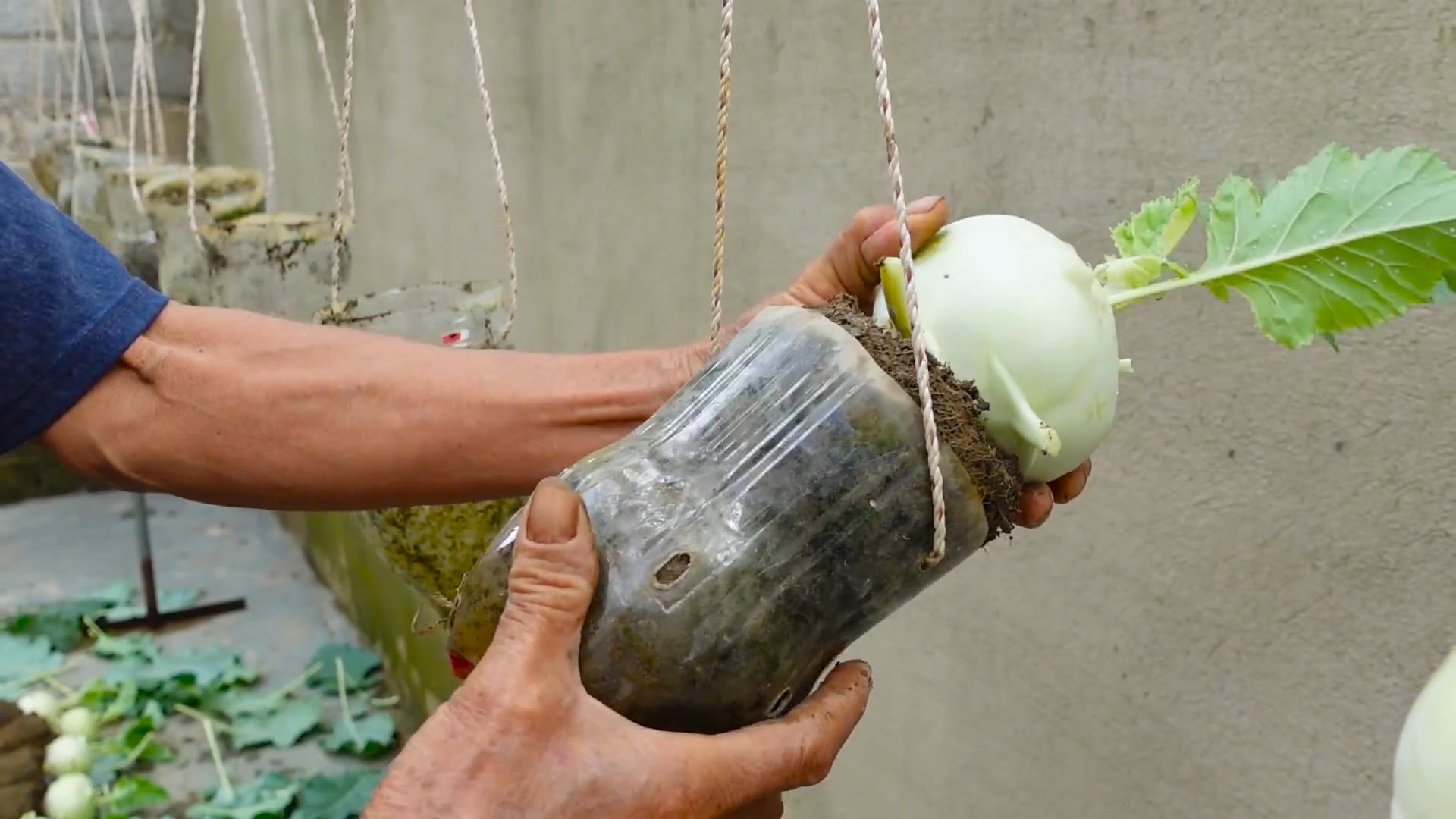
Growing Kohlrabi in Pots: A Complete Guide
Kohlrabi, that quirky bulbous vegetable, is surprisingly easy to grow, even in a pot! Here’s how I successfully grew mine, and how you can too.
I. Planning and Preparation
- Choose the right pot: Kohlrabi needs at least 12 inches of depth and a similar width. A larger pot is even better, allowing for more robust growth. I used a 15-inch diameter pot, and it worked perfectly. Make sure it has drainage holes to prevent root rot.
- Select your potting mix: Don’t use garden soil directly from your yard. Instead, opt for a high-quality potting mix that’s well-draining and rich in organic matter. I prefer a mix that contains peat moss, perlite, and compost. This ensures good aeration and nutrient retention.
- Source your seeds or seedlings: You can start from seeds or buy seedlings. Starting from seeds gives you more control, but seedlings offer a head start. I chose to start from seeds, as I enjoyed the process of nurturing them from the beginning.
- Choose the right location: Kohlrabi needs at least six hours of sunlight daily. Find a sunny spot on your patio, balcony, or even a sunny windowsill (if using a smaller pot). Protect your plants from strong winds.
II. Sowing Seeds (If Starting from Seed)
- Prepare the potting mix: Fill your pot with the potting mix, leaving about an inch of space from the top. Gently water the mix until it’s evenly moist but not soggy.
- Sow the seeds: Kohlrabi seeds are small. Plant them about ½ inch deep and 1-2 inches apart. I found that spacing them slightly further apart gave the plants more room to grow.
- Cover and water: Lightly cover the seeds with more potting mix. Water gently again, using a watering can with a fine rose to avoid disturbing the seeds.
- Maintain moisture: Keep the soil consistently moist but not waterlogged. Check the moisture level daily, especially during hot weather. Allow the top inch of soil to dry slightly between waterings.
- Provide warmth: Kohlrabi seeds germinate best in temperatures between 65-75°F (18-24°C). If it’s cooler, consider using a heat mat to speed up germination.
- Thinning: Once seedlings have two true leaves, thin them out, leaving the strongest plants about 6-8 inches apart. This gives each plant enough space to develop its bulb.
III. Transplanting Seedlings (If Starting from Seedlings)
- Prepare the pot: Fill your pot with the potting mix, leaving about an inch of space from the top. Water thoroughly.
- Dig holes: Make holes in the potting mix, large enough to accommodate the root balls of your seedlings. Space them 6-8 inches apart.
- Carefully remove seedlings: Gently remove the seedlings from their containers, being careful not to damage the roots. If the roots are root-bound, gently loosen them.
- Plant the seedlings: Place the seedlings in the holes, ensuring the top of the root ball is level with the surface of the potting mix. Fill in the holes with more potting mix, gently firming it around the base of each plant.
- Water thoroughly: Water the newly planted seedlings thoroughly to settle the soil and help them establish themselves.
IV. Ongoing Care
- Watering: Keep the soil consistently moist, but avoid overwatering. Water deeply and less frequently rather than shallowly and often. The frequency will depend on the weather and the size of your pot.
- Fertilizing: Kohlrabi is a heavy feeder. Start fertilizing about 2-3 weeks after transplanting or when the seedlings have several true leaves. Use a balanced liquid fertilizer, diluted to half strength, every 2-3 weeks. Follow the instructions on the fertilizer packaging.
- Weeding: Regularly remove any weeds that may compete with your kohlrabi for nutrients and water. This is especially important in smaller pots.
- Pest and disease control: Monitor your plants regularly for pests and diseases. Common pests include aphids and flea beetles. Treat any infestations promptly using appropriate organic pest control methods.
- Support (optional): For larger varieties of kohlrabi, you may need to provide some support to prevent the bulbs from touching the ground and rotting. You can use small stakes or a cage to support the plants.
V. Harvesting
- Harvest time: Kohlrabi is ready for harvest when the bulbs are firm and about 2-3 inches in diameter. This usually takes 6-8 weeks from planting, depending on the variety and growing conditions. Don’t let the bulbs get too large, as they can become woody and tough.
- Harvesting technique: Use a sharp knife to cut the bulbs off at the base of the stem. Be careful not to damage the surrounding plants.
- Storage: Store harvested kohlrabi in the refrigerator for up to a week. You can also peel and chop it and freeze it for later use.
VI. Troubleshooting
- Yellowing leaves: This could indicate overwatering, underwatering, nutrient deficiency, or pest infestation. Check the soil moisture, adjust watering accordingly, and inspect for pests.
- Small bulbs: This could be due to overcrowding, insufficient sunlight, or nutrient deficiency. Ensure proper spacing, provide adequate sunlight, and fertilize regularly.
- Cracked bulbs: This often happens due to inconsistent watering. Aim for consistent moisture levels.
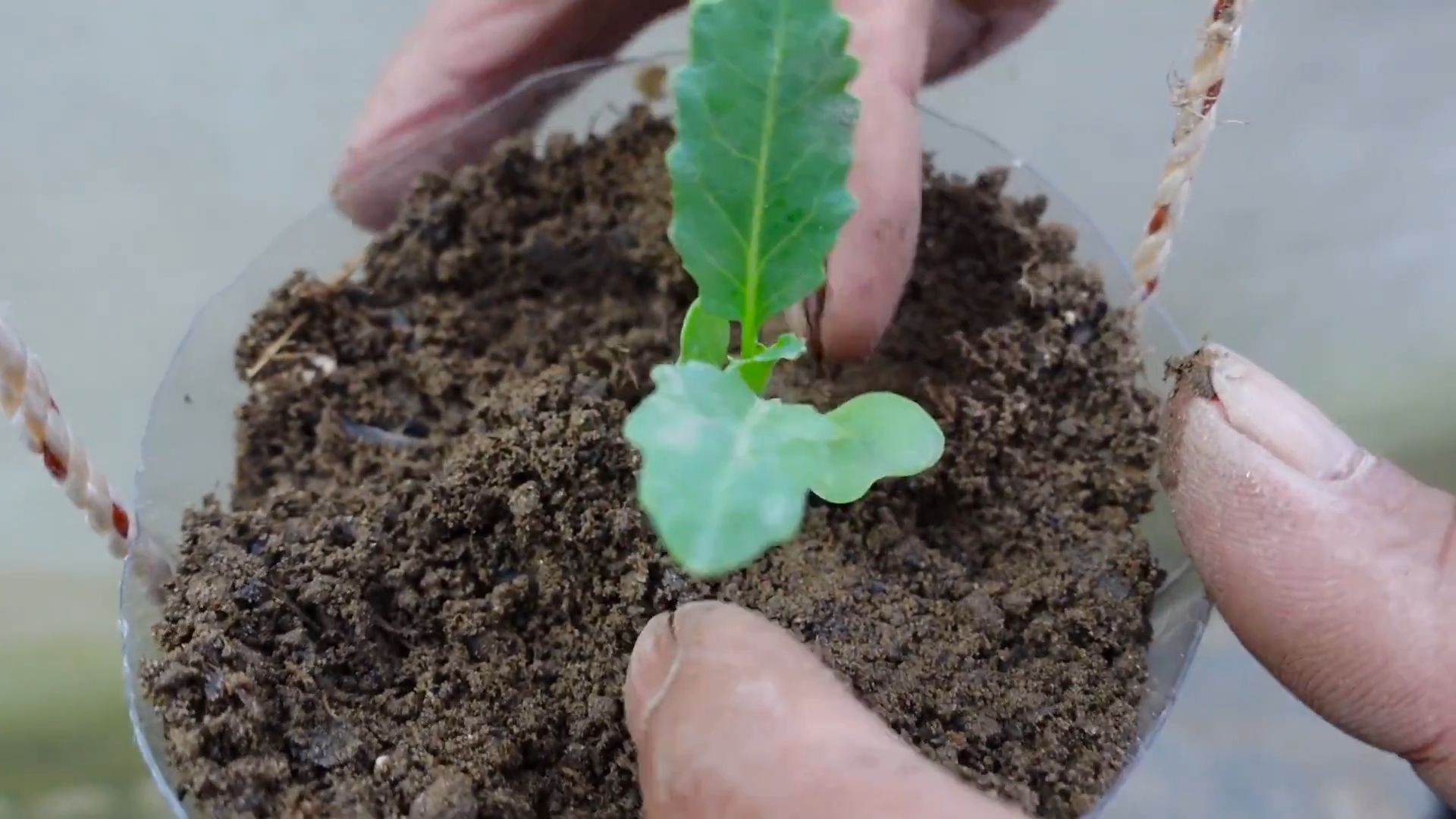
Conclusion
So there you have it – a complete guide to mastering the art of kohlrabi pot gardening! This surprisingly simple DIY trick unlocks a world of fresh, delicious kohlrabi, even if you lack a sprawling garden. The benefits are undeniable: you gain complete control over your growing environment, ensuring optimal conditions for healthy, vibrant plants. You can enjoy a bountiful harvest regardless of your space limitations, making it perfect for apartment dwellers, balcony gardeners, or anyone with limited outdoor space. This method also allows for extended growing seasons, as you can easily protect your plants from harsh weather conditions. By following these steps, you’ll be well on your way to enjoying homegrown kohlrabi throughout the year, all from the convenience of your own pot.
Beyond the basic method, the possibilities for variation are endless. Experiment with different pot sizes to see what works best for your space and the number of plants you want to grow. Consider using self-watering pots for even more convenience, reducing the frequency of watering. You can also explore different varieties of kohlrabi, each offering unique flavors and textures. Some varieties are better suited for pot gardening than others, so research is key. Don’t be afraid to try different types of soil mixes, too. A well-draining mix is crucial, but you can experiment with adding compost or other organic matter to enhance nutrient content.
Perhaps the most rewarding aspect of kohlrabi pot gardening is the sheer satisfaction of nurturing a plant from seed to harvest. It’s a deeply fulfilling experience, connecting you to the source of your food in a tangible way. And the taste? Nothing compares to the crisp, slightly sweet flavor of freshly harvested kohlrabi. It’s a taste that will undoubtedly inspire you to continue your gardening journey, expanding your repertoire of homegrown vegetables.
We strongly encourage you to try this kohlrabi pot gardening technique. It’s a rewarding and accessible way to enjoy fresh, healthy produce, regardless of your gardening experience. Share your experiences with us! We’d love to hear about your successes, challenges, and any innovative variations you discover. Post your photos and stories on social media using #KohlrabiPotGardening – let’s build a community of home gardeners who are passionate about growing their own food. Let’s celebrate the joy of homegrown kohlrabi together!
Frequently Asked Questions
What type of pot is best for kohlrabi pot gardening?
While any pot will work, larger pots (at least 12 inches in diameter and depth) are ideal for kohlrabi, which has a relatively large root system. Choose pots with drainage holes to prevent root rot. Terracotta pots are a good option because they allow for better air circulation, but plastic pots are also suitable.
What kind of soil is best for growing kohlrabi in pots?
Kohlrabi thrives in well-draining soil that is rich in organic matter. A good potting mix specifically designed for vegetables is a great starting point. You can also amend your soil with compost or other organic materials to improve its drainage and nutrient content. Avoid heavy clay soils, which can retain too much water and lead to root problems.
How often should I water my kohlrabi plants in pots?
Watering frequency depends on several factors, including the size of your pot, the type of soil, and the weather conditions. Generally, aim to keep the soil consistently moist but not soggy. Check the soil moisture regularly by sticking your finger a couple of inches into the soil. Water thoroughly when the top inch or two feels dry. During hot, dry weather, you may need to water more frequently.
How much sunlight do kohlrabi plants need?
Kohlrabi needs at least six hours of direct sunlight per day to thrive. Choose a location that receives ample sunlight, whether it’s a sunny spot on your balcony, patio, or even a south-facing windowsill. Insufficient sunlight can lead to poor growth and reduced yields.
When can I harvest my kohlrabi?
The harvest time for kohlrabi depends on the variety you’ve planted, but generally, you can harvest the bulbs when they reach about 2-3 inches in diameter. The bulbs should feel firm and solid. Harvesting too early will result in small, underdeveloped bulbs, while harvesting too late can lead to tough, woody bulbs.
What are some common problems encountered when growing kohlrabi in pots, and how can I solve them?
Some common issues include root rot (caused by overwatering), pest infestations (such as aphids or cabbage worms), and nutrient deficiencies. To prevent root rot, ensure good drainage and avoid overwatering. For pest control, consider using organic methods such as insecticidal soap or neem oil. Nutrient deficiencies can be addressed by using a balanced fertilizer specifically formulated for vegetables.
Can I grow kohlrabi in pots year-round?
Whether you can grow kohlrabi year-round depends on your climate. In warmer climates, you may be able to grow kohlrabi outdoors year-round. In colder climates, you’ll likely need to grow kohlrabi indoors during the winter months, using grow lights to supplement sunlight. Consider using a greenhouse or a cold frame to extend the growing season.
What are the benefits of growing kohlrabi in pots compared to growing it in the ground?
Growing kohlrabi in pots offers several advantages, including better control over the growing environment (soil, water, and nutrients), easier pest and disease management, and the ability to grow kohlrabi even in limited spaces. It’s also easier to move the pots to protect the plants from harsh weather conditions.

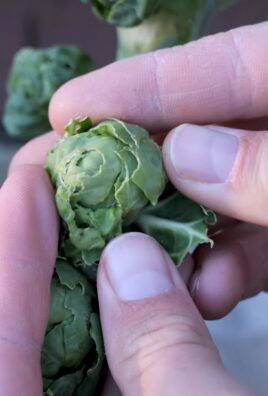
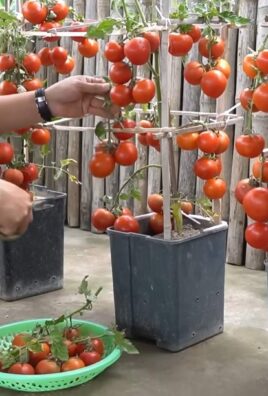
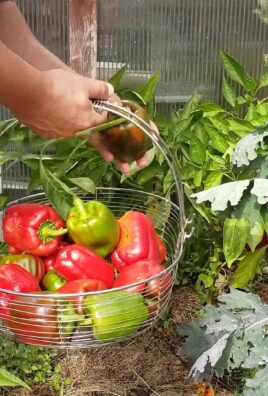
Leave a Comment